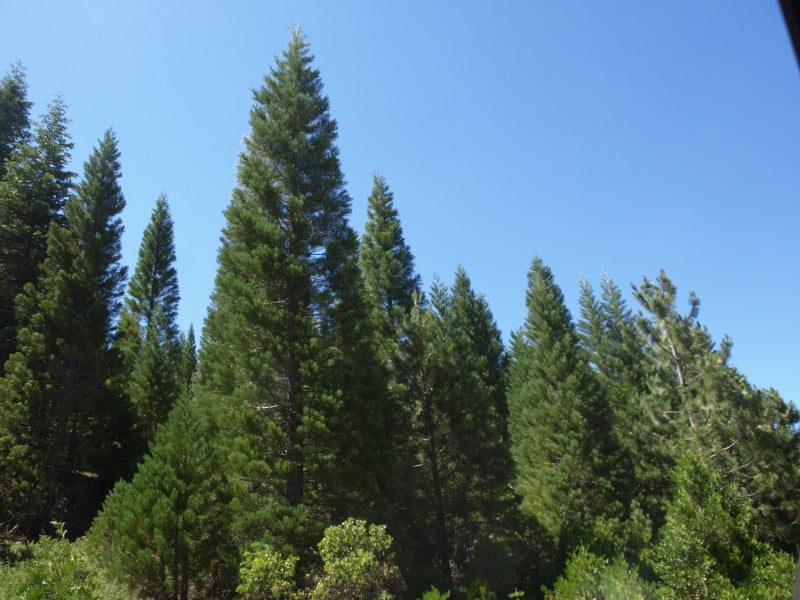On July 31, the federal district court for Wyoming found that the revised Medicine Bow National Forest Plan met the requirement of the 1982 planning regulations to manage habitat “to maintain viable populations of existing native and desired non-native vertebrate species in the planning area.” At issue was the meaning of additional language in the regulation that “habitat must be well distributed so that those individuals can interact with others in the planning area.” The court determined that, “there is no requirement that the Forest Service manage habitat so as to maintain bighorn herds, at maximum potential, across the entire Forest, at all potential habitat locations…”
There are three reintroduced herds of bighorn sheep on the national forest. The plan would only protect two of those from exposure to disease risks from domestic sheep, which is the major risk factor for bighorns, by eliminating domestic sheep grazing. The small unprotected herd was stable but had never thrived, and was considered a low priority by the state of Wyoming. The court found that the viability regulation was ambiguous and the agency’s interpretation in this case had changed during the administrative review. Nevertheless it held that the record adequately explained the agency’s interpretation that protecting the two herds from domestic sheep and providing other plan direction that would benefit all three herds would meet the viability requirement:
“The Regional Forester made the determination, given all information available to him, that emphasizing domestic sheep grazing over the Encampment River herd in the Sierra Madre range, the Medicine Bow National Forest would still be able to manage the habitat of the Laramie Peak and Douglas Creek herds in order to achieve viability of bighorn sheep.”
The court found that this was determination was not arbitrary or capricious. (Biodiversity Conservation Alliance v. Jiron)


